 |
 |
|---|
|
|
|---|
 |
 |
 |
 |
|---|---|---|---|
 |
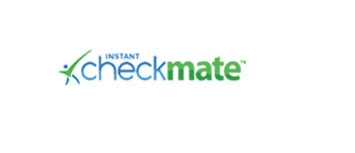 |
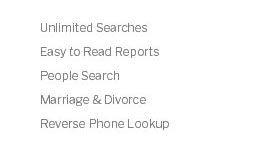 |
|
 |
|||
 |
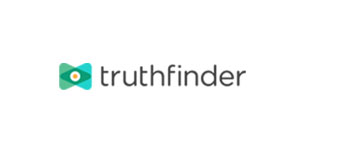 |
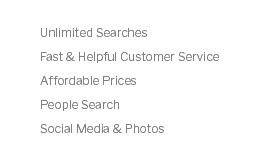 |
|
 |
|||
 |
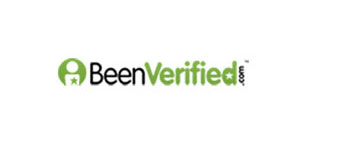 |
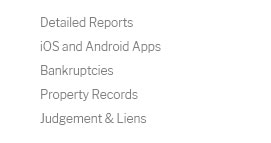 |
|
 |
|||

|
uj7oehtsw9l The Intricacies of Personal Public Records Data: Navigating the Digital LandscapeIn today's digital age, personal public records data has become a topic of considerable importance, shrouded in both intrigue and concern. While these records have always been part of the societal framework, the advent of technology has rendered them more accessible, leading to a plethora of discussions about privacy, accessibility, and utility. To comprehend the full scope of personal public records data, one must first understand what it encompasses and how it functions within the modern digital infrastructure. At its core, personal public records data refers to information collected by government agencies that is available to the public. This includes a wide range of data, such as birth and death certificates, marriage licenses, property deeds, and sometimes even court records. Traditionally, accessing this information required a visit to a local government office, often involving a lengthy process of sifting through paper files. However, with the digital transformation, much of this data is now available online, thereby enhancing accessibility but also raising critical questions about data security and privacy. The process of digitizing public records has undoubtedly streamlined access, allowing individuals and businesses to retrieve information with relative ease. Yet, this convenience does not come without its challenges. The digitization of records is a double-edged sword; while it facilitates transparency and informed decision-making, it also necessitates stringent measures to protect sensitive information from misuse. As we delve deeper into the workings of personal public records data, it is essential to consider the mechanisms that ensure both accessibility and protection. Firstly, the accessibility of personal public records is governed by laws and regulations designed to balance public interest with individual privacy rights. In the United States, for instance, the Freedom of Information Act (FOIA) plays a pivotal role in determining the extent to which public records can be accessed. Similar legislation exists in other countries, each with its unique approach to balancing openness and confidentiality. This legal framework is crucial in maintaining transparency while safeguarding individuals' privacy. Moreover, the role of technology cannot be understated in the management of public records data. Advanced encryption methods and secure access protocols are employed to protect data integrity and prevent unauthorized access. Government agencies and private entities involved in data management continuously invest in upgrading their digital infrastructure to combat potential cyber threats. This ongoing battle to secure data underscores the dynamic nature of handling personal public records in the digital era. On a more practical level, the availability of personal public records data empowers individuals to make informed decisions. Whether it's a journalist investigating a story, a researcher conducting a study, or a citizen verifying property details, access to accurate and comprehensive data is invaluable. However, with this power comes the responsibility to use the information ethically and respect the privacy of others. The digital age demands not only technological proficiency but also ethical literacy.
In conclusion, personal public records data plays a critical role in the fabric of society, providing the transparency necessary for accountability while also posing challenges related to privacy and security. As we continue to navigate this digital landscape, it is imperative that we approach it with a sense of responsibility and a commitment to ethical standards. The balance between accessibility and privacy will undoubtedly remain a topic of debate, but with informed discourse and robust legislative frameworks, it is possible to harness the benefits of public records data while mitigating its risks. In this evolving dialogue, each stakeholder, from policymakers to end-users, must contribute to shaping a future where personal public records serve the public good without compromising individual rights.
https://www.foia.gov/
While FOIA allows for many records to be released, there are also nine exemptions that protect certain types of information, such as personal privacy and law ... https://www.vacourts.gov/courtadmin/aoc/lpr/reqpubrec/home
individual case files, should be requested from the clerk of court. Information on requesting records ... https://www.lexisnexis.com/en-us/products/public-records.page?srsltid=AfmBOorrc635Bmnj3T2qoCVIcLLyjRW67kGDkd4iaNoofMlyJ5ixb9An
Assume command of over 92+ billion public records from over 10,000 diverse sources with a single search, including emerging data sources like social media, ...
|
|---|